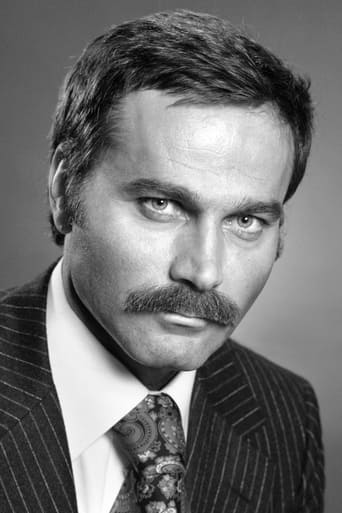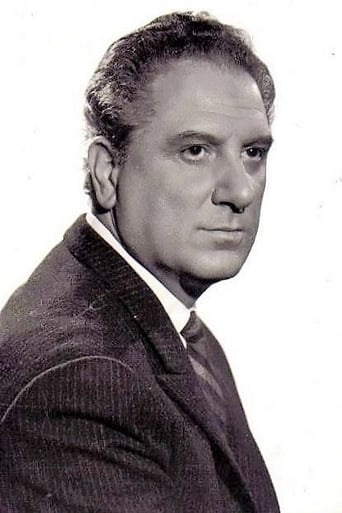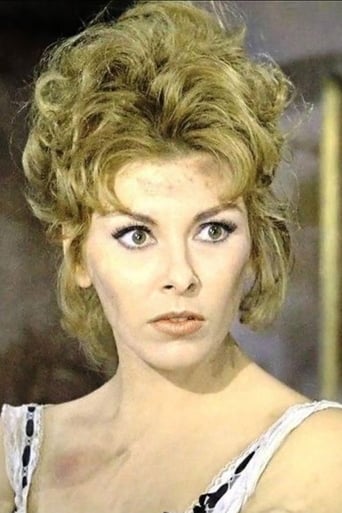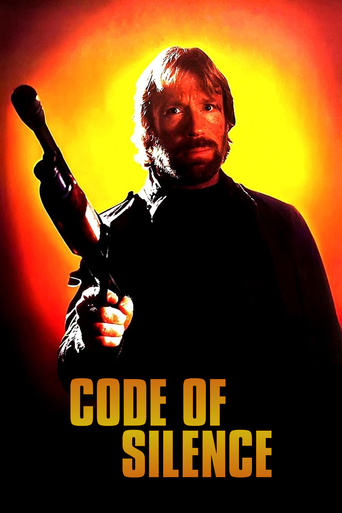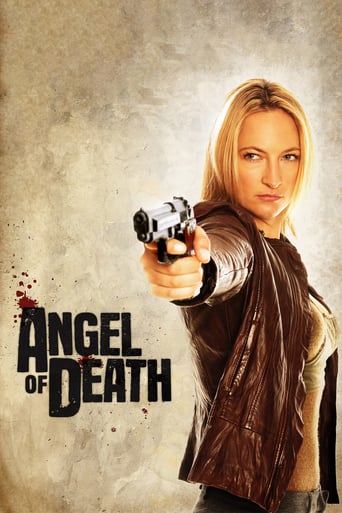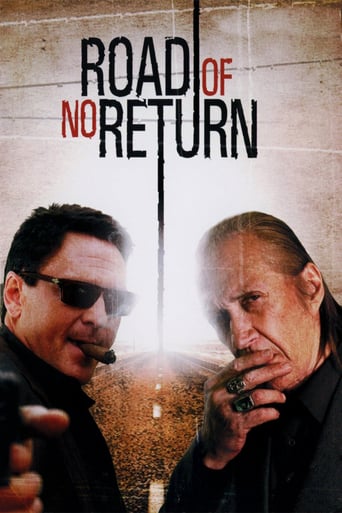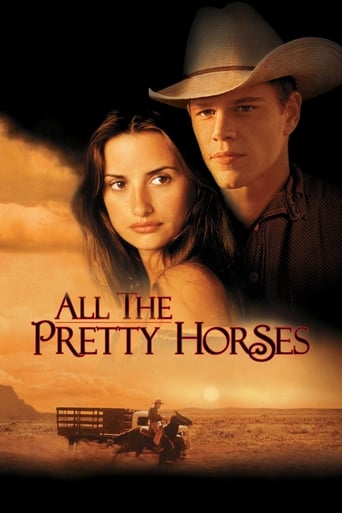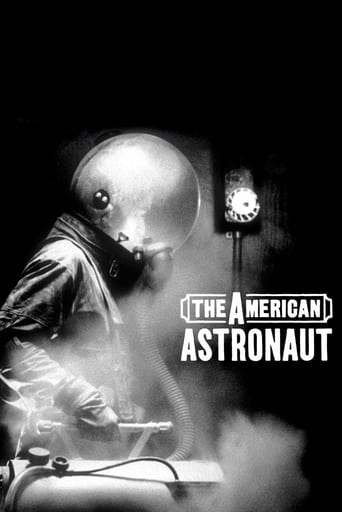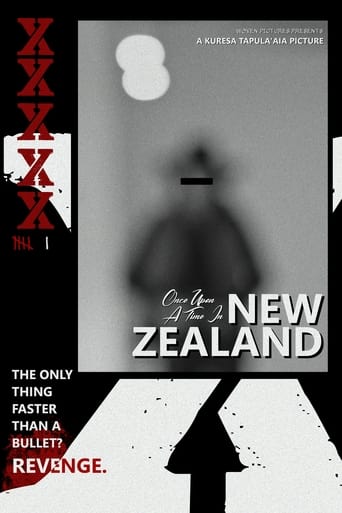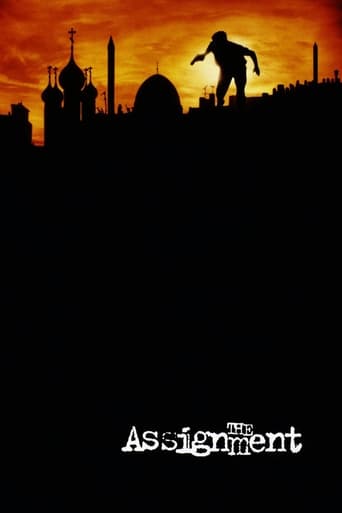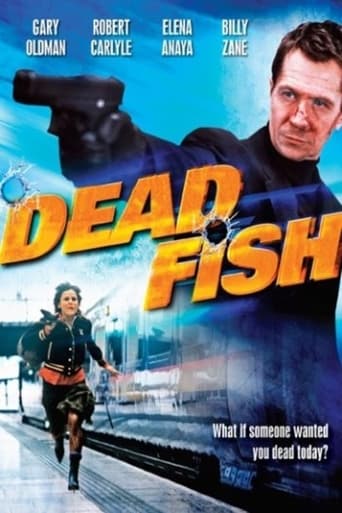

Django (1966)
A coffin-dragging gunslinger and a prostitute become embroiled in a bitter feud between a merciless masked clan and a band of Mexican revolutionaries.
Watch Trailer
Cast


Similar titles
Reviews
Sergio Corbucci's "Django" starring Franco Nero is one of the classic spaghetti western's, and kind of a cult classic. The film is about a coffin dragging gunslinger named Django (Nero) who enters a town torn apart by KKK fanatics and Mexican Bandits, right near the US/Mexico border. Django has motives of his own, but his motives become complicated when he rescues a young women from KKK retribution."Django" is a strange film for sure. The film features a fun, narrative style score which is catchy and iconic. The film has some pretty tight action sequences as well, with an especially eye catching scene involving a showdown with 40 red- masked KKK clansmen. Django himself is an exciting character, with a lot of depth being shown without delving into tedious back-story. I also really enjoyed the scenescapes and cinematography in this film. Corbucci utilizes a lot of facial close ups to add to dramatic story elements that are very enjoyable to watch. Tension mounting buildups are used effectively in pre-battle scenes, with long and panning shots of approaching foes before the bullets fly. The town and surrounding landscape are very atmospheric, with mud aplenty in town. I do have some gripes with this film, however. There are some inexplicable moments in this film that make little sense at all, and left me scratching my head. One such example is post KKK showdown, where Django inexplicably leaves the KKK leader alive. A few more of these pop up throughout the film, and do detract from the overall quality of the story. The characters themselves are mostly shallow as well, though this isn't too concerning in a campy western such as this one.All in all, "Django" is a fun spaghetti western classic. There are some inexplicable moments and weak characters, but this is a camp western, so those do not seem too far out of place. I really did like this film, and recommend it to budding western fans, and genre champs as well. 7/10
I first discovered this movie a while back, after seeing Quentin Tarantino's "Django Unchained". I loved DU, so when I heard there was more where it came from, I got really exited. After seeing the film, i must say that it was quite enjoyable and worth checking out. Franco Nero gives a great performance as Django, the bad-ass coffin-dragger. It's really different from Jamie Foxx's performance in DU, but that just makes it more interesting. It's nice to see that Tarantino didn't completely remake the original.The music is also great, and gives the film a great "feel". I wasn't aware that the music in "Django Unchained" was the same as in this one. So it came as a big surprise when the song Django popped up in the intro (which by the way, the intro is awesome and sets the mood perfectly). The music stays great throughout the film, and the songs never feel out of place.Something I was surprised by, was a particular scene in the movie. I wont spoil it, but I will say that the scene actually kinda shocked me. I can handle violent content, but i was just so surprised that they would allow it in 1966. Thats probably why it was banned in multiple countries.In conclusion, you should watch this film if you liked "Django Unchained". It's quite interesting seeing how much movies like these have changed, and how different from DU it is. But it's still very entertaining, and it helps that it has a great story. Check it out if you like westerns.
A cowboy dragging a coffin happens to come across three Mexican bandits in the process of whipping an attractive young woman named "Maria" (Loredana Nusciak) for trying to escape. Suddenly, five gringos appear and kill the bandits. They then decide to crucify Maria for prostituting herself with the Mexicans. The cowboy, named "Django" (Franco Nero) then draws his gun and kills all 5 gringos and frees Maria. Grateful for having saved her life, Maria follows Django into a muddy town situated on the American side of the Mexican border. What transpires is a story about a man seeking vengeance in a town surrounded by two armed forces, one a militia of white militants led by "Major Jackson" (Eduardo Fajardo) and the other a group of Mexican revolutionaries led by "General Hugo Rodriguez" (Jose Bodalo). Those who enjoy a story with lots of action without regard to any semblance of realism will probably love it. On the other hand, those who like a story grounded in reality may not care for it too much. Personally, I found myself somewhere in the middle. I enjoyed the action in many of the scenes and the similarity to other spaghetti-westerns like "A Fistful of Dollars". Likewise, the presence of a couple of beautiful actresses like Silvana Bacci (as the Mexican barmaid) and the aforementioned Loredana Nusciak certainly didn't hurt the film either. Even so, I wasn't quite able to fully accept some of the other rather preposterous scenes which had me shaking my head in disbelief. All things said then, I rate it as average.
A mysterious stranger called Django wanders into a deserted southern town, pulling a coffin behind him, and proceeds to make enemies with the local posse of outlaws. What is his agenda, and what has he got in that coffin ?Sergio Corbucci for me is the Bad Boy of Italian cinema where filmmakers tend to divide into the acclaimed and the hacks, with the best directors almost always being in the latter camp. Corbucci made exploitation films, but his method of gaining notoriety was to make his films more brutal, more sadistic, more shocking than anyone else's. Django is a good example of this - literally everything in the whole movie is horrible. Everyone is a killer or a hooker, nobody trusts anybody or cares about anything, the only pastimes are torture and murder and the town the action takes place in is an empty, worthless, ramshackle set of buildings situated in a sea of mud. Unlike the philosophical or reflective tone of Sergio Leone's sixties westerns, Corbucci revels in the violence, gleefully emphasising cruelty and injustice, so that the movie in many ways plays more like a horror film. The fact that it's so hypnotic despite this jarringly blunt callousness is great testament to the skill of its makers and to a then-unknown Nero's iconic charm. The telephoto camera-work by Enzo Barboni literally mires us in the dirt and Luis Bacalov's alternately jarring/soothing music is a perfect accompaniment to the action. Django was a huge hit in mainland Europe on its release and prompted dozens of knock-offs and imitators; the best of these is probably the 1967 Django Kill with Tomas Milian, although there was an "official" sequel in 1987 with Nero reprising the role called Django 2: Il Grande Ritorno, and a revived interest in the character following Quentin Tarantino's recent Django Unchained. A must-see for all cult film fans and a depressing but arresting flourish of Corbucci's talent.


